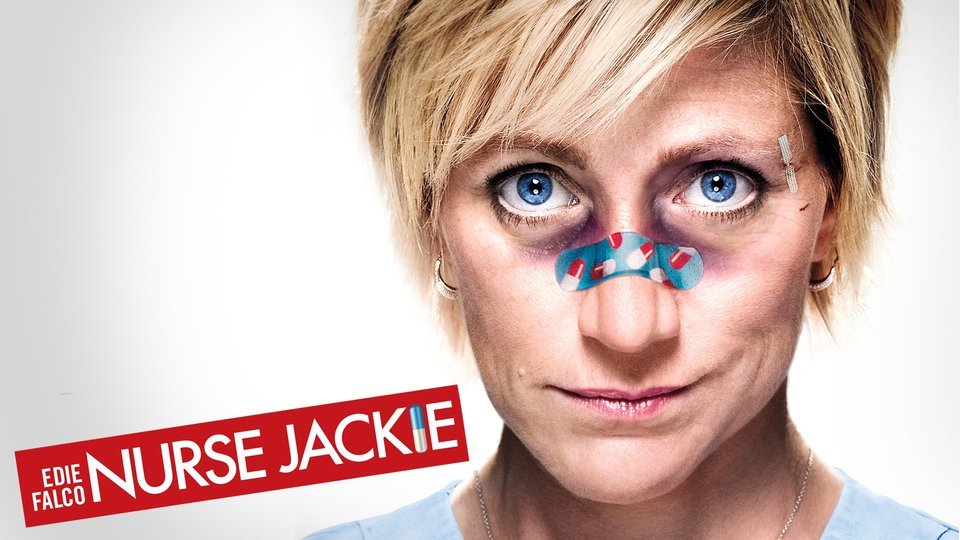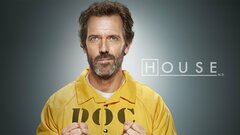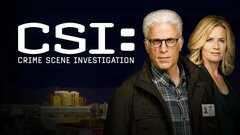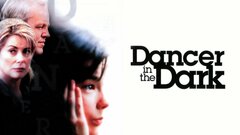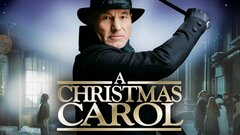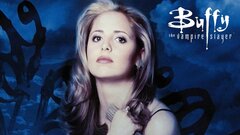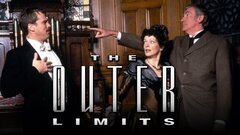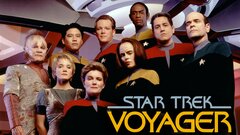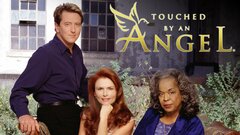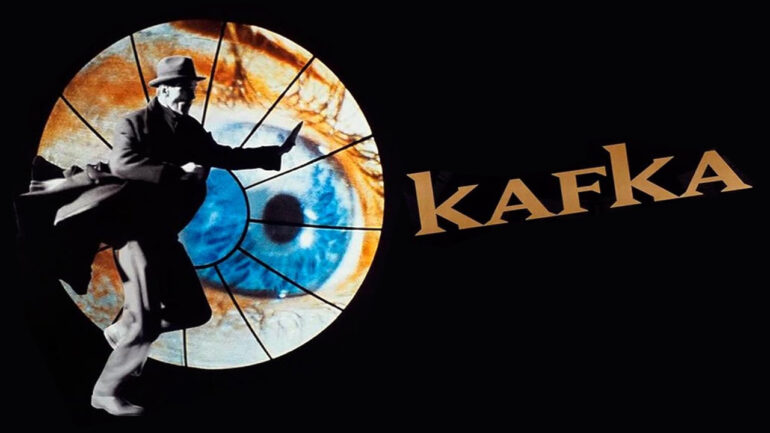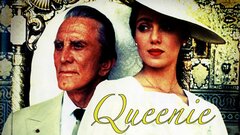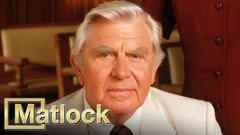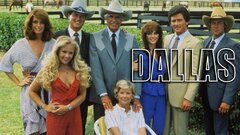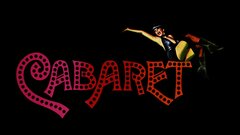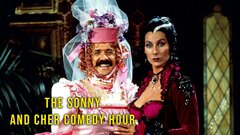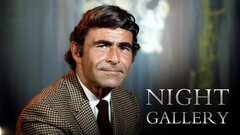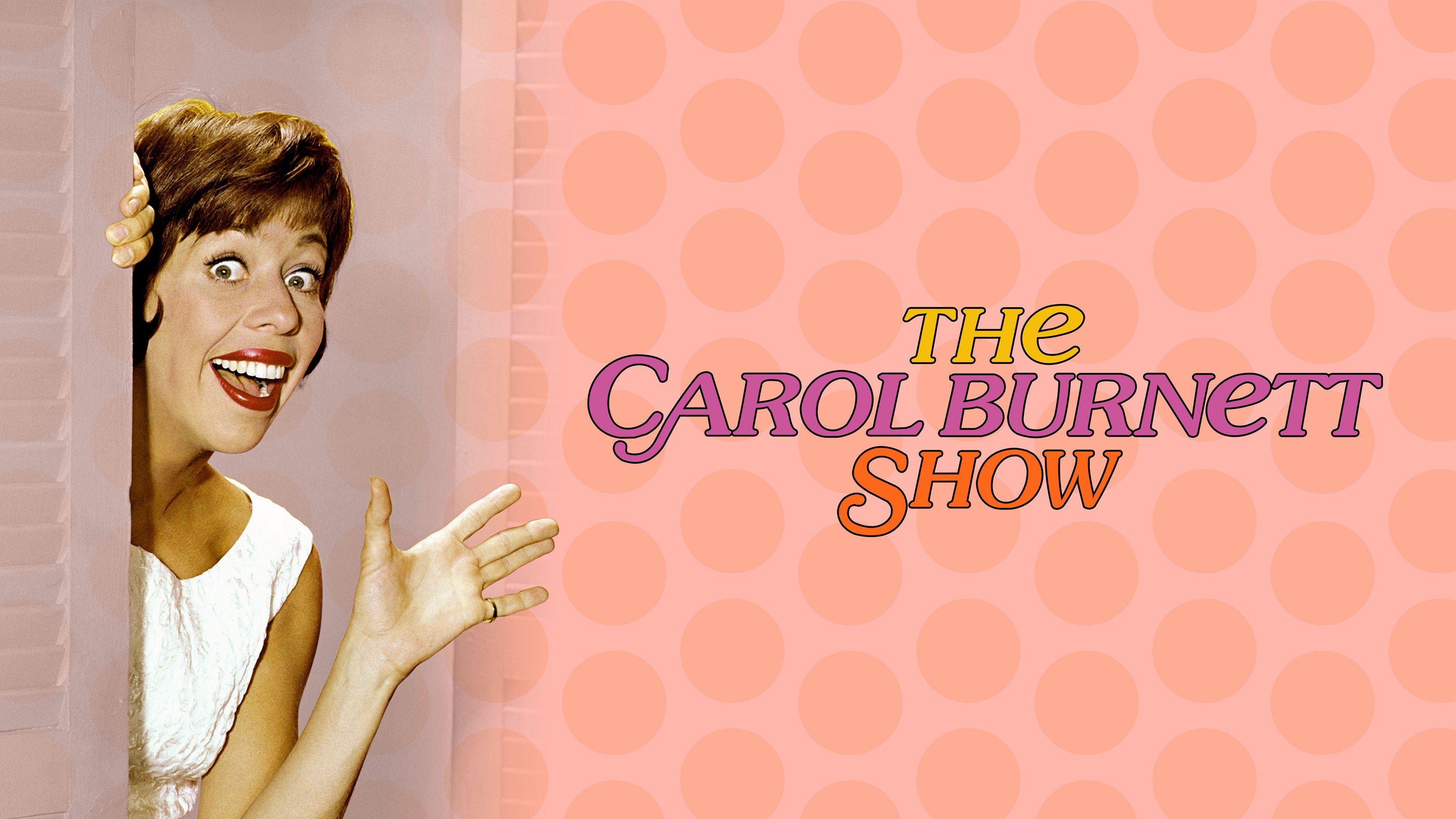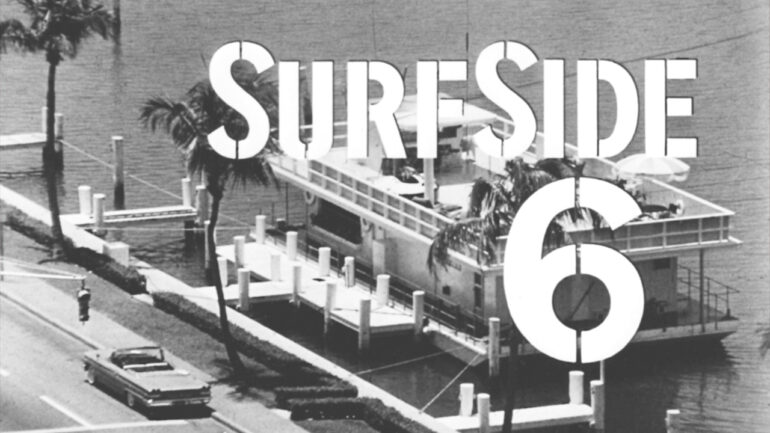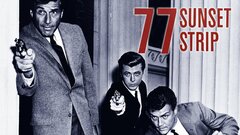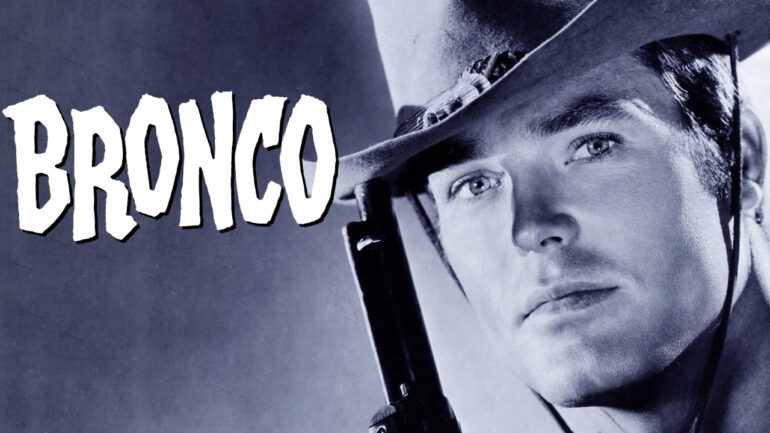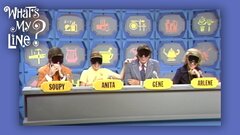A mercurial, multi-talented fixture of the Broadway stage since the 1950s, Oscar-winning actor Joel Grey rose to fame as the sinister Master of Ceremonies in Cabaret, which earned him both the Tony Award for the 1966 stage production and the Oscar for Bob Fosse's 1972 film adaptation. A consummate singer, dancer and skilled actor, Grey's greatest successes were on Broadway, where he starred in such memorable shows as "Stop The World - I Want To Get Off," "George M!," and "Wicked."
His film output was somewhat less substantial, though he was a fixture of episodic television from the early 1970s through the new millennium, earning an Emmy nomination in 1991 for a guest role on "Brooklyn Bridge" (CBS, 1991-93). For many, Grey was first and foremost a Broadway star, and he would return to the Great White Way on numerous occasions, even into his late seventies with a critically praised revival of "Anything Goes" in 2011.
Throughout all the facets of his career, from young hopeful to actor on the rise and Oscar winner to his prolific period as a character player in the 1990s and 2000s, Grey remained the symbol of elegance, economy and class both in front of and away from an audience.
Born Joel David Katz in Cleveland, OH on April 11, 1932, Joel Grey was the son of Mickey Katz, a member of the Spike Jones Orchestra who skewered Jewish stereotypes in song parodies, and his wife, Grace. A gifted singer and dancer from an early age, Grey made his stage debut at the age of nine in a production of "On Borrowed Time" at the Cleveland Play House.
His childhood would soon be comprised of endless rounds of auditions in both Cleveland and New York City, spurred by his mother's unfulfilled stage ambitions. Acting soon became a refuge for Grey, who could escape the dreariness of his life in a myriad of characters. After graduating from Beverly Hills High School in 1950, he made his debut as Joel Kaye in his father's satirical revue, "Borscht Capades."
Grey worked steadily in theater for the next half-decade, balancing his appearances there with guest shots on a host of variety programs and occasional supporting roles in unremarkable feature films, like his screen debut "About Face" (1952) and "Calypso Heat Wave" (1957). Grey found more substantive work in episodic television, playing Billy the Kid in a 1959 episode of "Maverick" (ABC, 1957-1962) and, ironically enough, a comic unable to match the accomplishments of a more famous relative on "Surfside 6" (ABC, 1960-62). But theater remained Grey's most significant showcase.
Grey had earned his first leading role in 1956's "The Littlest Revue," a musical by Ogden Nash and Vernon Duke, but would wait another six years for his breakout turn in "Come Blow Your Horn" (1961), which marked Neil Simon's debut as a playwright. He was soon become a Great White Way favorite thanks to versatile performances in "Stop the World - I Want to Get Off" and the revue "Half a Sixpence" (1965).
His defining role would come a year later in the Kander and Ebb musical "Cabaret," where he was cast as the malevolent, asexual Master of Ceremonies at a seedy nightclub in pre-Nazi Germany. Grey received universal praise as well as the Tony Award for his haunting performance, and almost immediately scored a second triumph with "George M!," a musical biography of early show business star and composer George M. Cohan which netted him a Tony nomination in 1968.
He would reprise the role for a TV-movie version of "George M!" on NBC in 1970, but was soon back to "Cabaret," this time for a film version directed by famed choreographer Bob Fosse.
Though only loosely based on the original stage production, Fosse's "Cabaret" (1972) was one of the biggest hits of the year, reaping 10 Academy Award nominations and earning eight, including one for Grey as Best Supporting Actor. His reprisal of the Master of Ceremonies also earned him a Golden Globe, BAFTA Award for Most Promising Newcomer to Leading Film Roles, and acting awards from the National Board of Review and National Society of Film Critics. It also placed him in the rare but august company of actors who had won both Tonys and Oscars for the same role, including Yul Brynner, Anne Bancroft, Jose Ferrer and Paul Scofield.
What the Oscar win did not do for Grey was establish him as a film star. Possessed of a dancer's build and stature, as well as an intensity that bordered on unsettling, Grey was a challenge to cast in mainstream features and frequently found himself playing offbeat characters - a would-be psychic on a murder case in "Man on a Swing" (1974), the producer of Buffalo Bill Cody's Wild West Show in Robert Altman's "Buffalo Bill and the Indians, Or Sitting Bull's History Lesson" (1976), and a petty criminal who matched wits with Sherlock Holmes (Nicol Williamson) in "The Seven Per Cent Solution" (1976).
His mellifluous voice was also tapped for several animated projects, including the Rankin-Bass special "'Twas the Night Before Christmas" (ABC, 1974).
By 1975, Grey was back on Broadway in "Goodtime Charlie," a musical based on the life of French king Charles VII and his romantic interest in Joan of Arc. It suffered from numerous production delays, which forced Grey to abandon the project due to his commitments to "Buffalo Bill." Nevertheless, it earned him another Tony nomination, as did Jerry Herman's "The Grand Tour" (1979), with Grey as a Polish-Jewish intellectual who teamed with an anti-Semitic military colonel to escape the Nazis.
Neither production was a hit, so he maintained an infrequent schedule of television appearances for the next decade, largely in unremarkable fare. The sole bright spot during this period came in an eccentric bit of casting as a Korean martial arts master in "Remo Williams: The Adventure Begins" (1985), a serio-comic adaptation of the long-running series of pulp action novels by Warren Murphy and Richard Sapir. Though only a modest hit in theaters, it generated a Golden Globe nomination for Grey's amusingly spry performance.
In 1987, Grey reprised his role as the Master of Ceremonies for a 1987 Broadway revival of "Cabaret," the same year his daughter, Jennifer Grey, became an overnight sensation thanks to the film "Dirty Dancing" (1987). Her father would settle into a string of small but showy character turns in features and on television, most notably in the final episode of "Dallas" (CBS, 1978-1991) as a Satanic emissary who gleefully showed Larry Hagman's J.R. Ewing how happy the people in his life would have been had he never been born.
He later played Marilyn Monroe's agent, Johnny Hyde, in "Marilyn and Me" (ABC, 1991); one-half of a pair of sly elderly con men in "The Music of Chance" (1993); and a Jewish immigrant on the well-loved series "Brooklyn Bridge" (CBS, 1991-93), which earned him an Emmy nomination in 1991. He maintained some distance from the Broadway stage but kept a hand in musicals, most notably in the little-seen film version of "The Fantasticks" (1993) and as the Wizard in an all-star charity production of "The Wizard of Oz," which aired on TNT.
However, Grey was back on stage the following year in the celebrated revival of Bob Fosse's "Chicago," earning a Drama Desk nomination as Amos Hart, the hapless spouse of chorus girl-turned-accused murderess Roxie Hart. The appearance seemed to give his acting career a long-overdue charge, as Grey was soon more active than at any point in his career, with appearances in Lars von Trier's "Dancer in the Dark" (1991), among numerous other features and recurring roles on "Buffy the Vampire Slayer" (The WB, 1997-2003) as a demon in disguise, and as the murderous Lemuel Idzik on "Oz" (HBO, 1997-2003).
In 2003, he returned once again to Broadway to play the Wizard of Oz in the acclaimed original theatrical run of "Wicked," which earned him an Outer Critics Circle Award nomination. That same year, he published his first book of photographs, titled Pictures I Had to Take. A second volume, entitled Looking Hard at Unexpected Things, was released in 2006.
Grey remained exceptionally busy on television in the following years, drawing critical acclaim for appearances on "Alias" (ABC, 2001-06), "Brothers and Sisters" (ABC, 2006-2011) and "Grey's Anatomy" (ABC, 2005- ). In 2009, he released a third book of photography, 1.3 - Images from My Phone, which collected pictures taken with his camera phone.
Two years later, he was back on the New York stage, both as actor and director; in the former capacity, he played gangster Moonface Martin in the acclaimed 2011 revival of Cole Porter's "Anything Goes" while directing Larry Kramer's "The Normal Heart," about the early days of the AIDS epidemic. That same year, his photography was also the subject of a show at the Museum of New York titled "Joel Grey/A New York Life," which also included memorabilia from his lengthy career in theater and film.
In January 2015, the 82-year-old Grey officially announced that he was gay, citing Neil Patrick Harris as his personal inspiration for changing how gay men were perceived in celebrity culture.
By Paul Gaita










